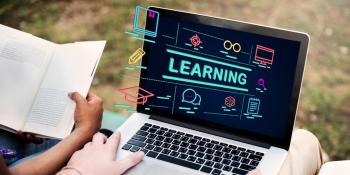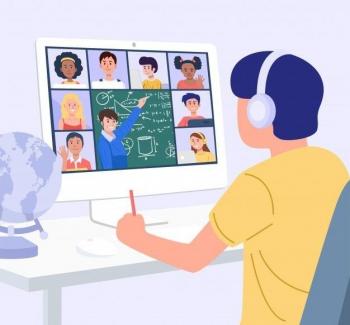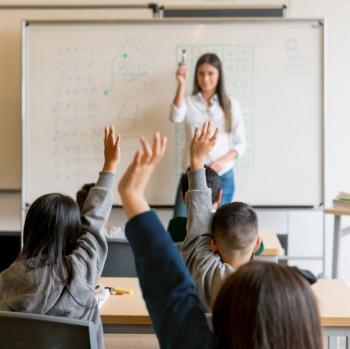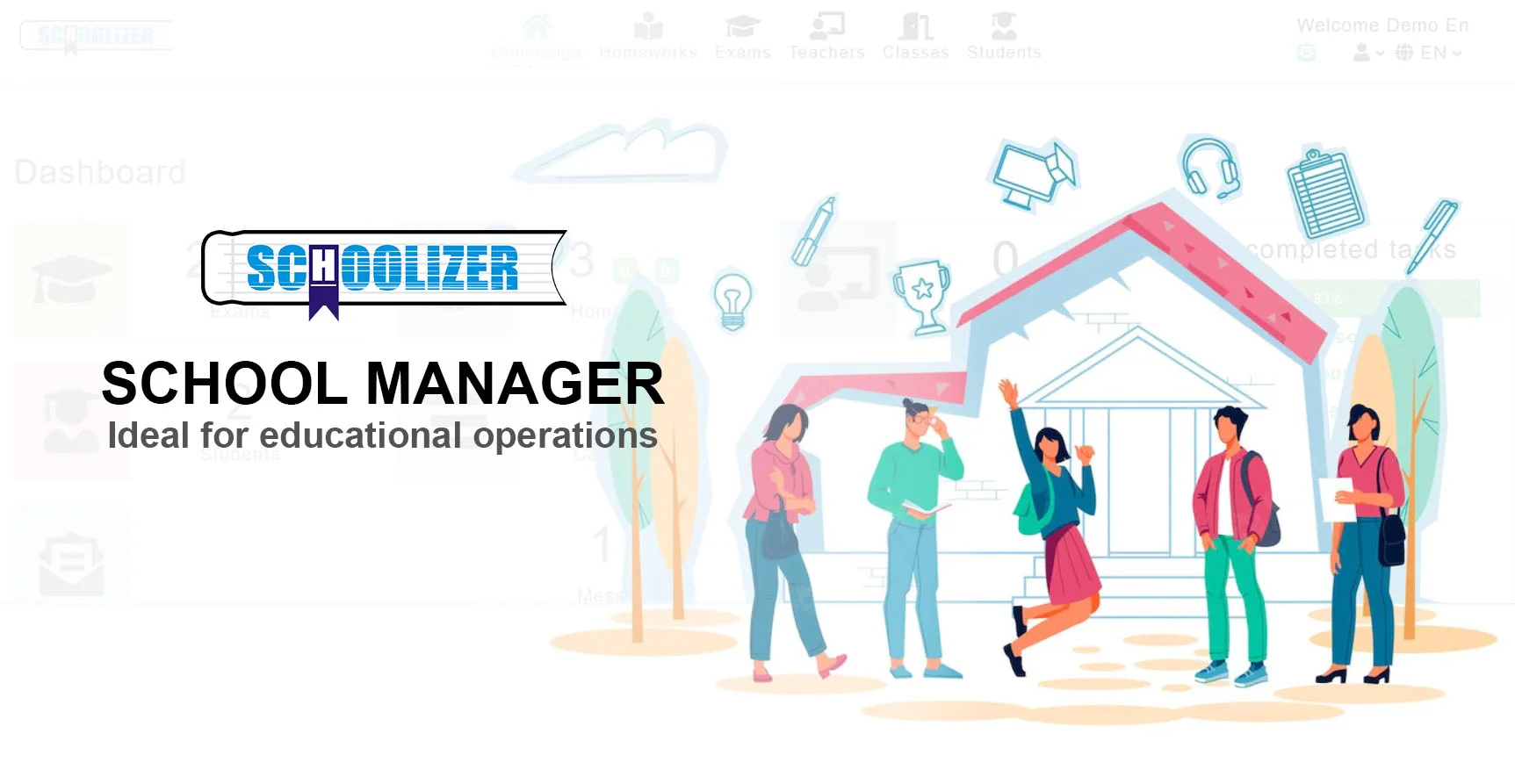The Digital Classroom Revolution: How Technology is Reshaping Education

The Digital Classroom Revolution: How Technology is Reshaping Education
What does the classroom of the future look like? How is technology changing the way students learn and teachers instruct? Why is the shift to digital education inevitable? In an era where smartphones, tablets, and laptops are ubiquitous, the traditional chalk-and-talk classroom is undergoing a radical transformation. This article explores the rise of the digital classroom, its benefits, challenges, and real-world applications that are setting new standards in education.
1. What is a Digital Classroom?
A digital classroom leverages technology to enhance teaching and learning experiences. Unlike traditional setups, it integrates devices like tablets, interactive whiteboards, and learning management systems (LMS) to create a dynamic educational environment. The goal is to make learning more engaging, personalized, and accessible.
For example, platforms like Google Classroom and Canvas allow teachers to distribute assignments, provide feedback, and track student progress in real time. Students, in turn, can access resources anytime, anywhere—breaking the barriers of physical classrooms.

2. Key Benefits of Digital Classrooms
Enhanced Engagement
Interactive tools such as gamified quizzes (e.g., Kahoot!) and virtual reality (VR) field trips make learning immersive. A study by the University of California found that students in digital classrooms showed a 30% increase in engagement compared to traditional methods.
Personalized Learning
Adaptive learning software like DreamBox adjusts content difficulty based on individual performance, ensuring no student is left behind. For instance, a struggling math student might receive additional practice problems tailored to their level.

3. Challenges and Solutions
While digital classrooms offer immense potential, they come with hurdles like digital divide and teacher training. Not all students have equal access to devices or high-speed internet. Schools can address this by providing loaner devices or offline resources.
Similarly, educators need professional development to harness these tools effectively. Programs like Microsoft’s Educator Center offer free courses on integrating technology into lessons.

4. Real-World Success Stories
In Sweden, the Vittra Schools have eliminated traditional classrooms entirely, replacing them with open spaces equipped with laptops and collaborative tools. Their student-led approach has resulted in higher creativity and critical thinking scores.
Closer to home, Arizona State University’s use of AI-powered tutoring has reduced dropout rates by 15%, proving that technology can scale quality education.

5. The Future of Digital Classrooms
Emerging trends like artificial intelligence (AI) and blockchain are poised to further revolutionize education. AI could automate grading, while blockchain might secure academic credentials. The pandemic accelerated adoption, but the shift is here to stay.
6. How to Transition Smoothly
For schools embarking on this journey, start small: pilot a single tool like Zoom for parent-teacher meetings. Gather feedback, then scale up. Partner with edtech firms for training and support.
Remember, the goal isn’t to replace teachers but to empower them with tools that amplify their impact.







